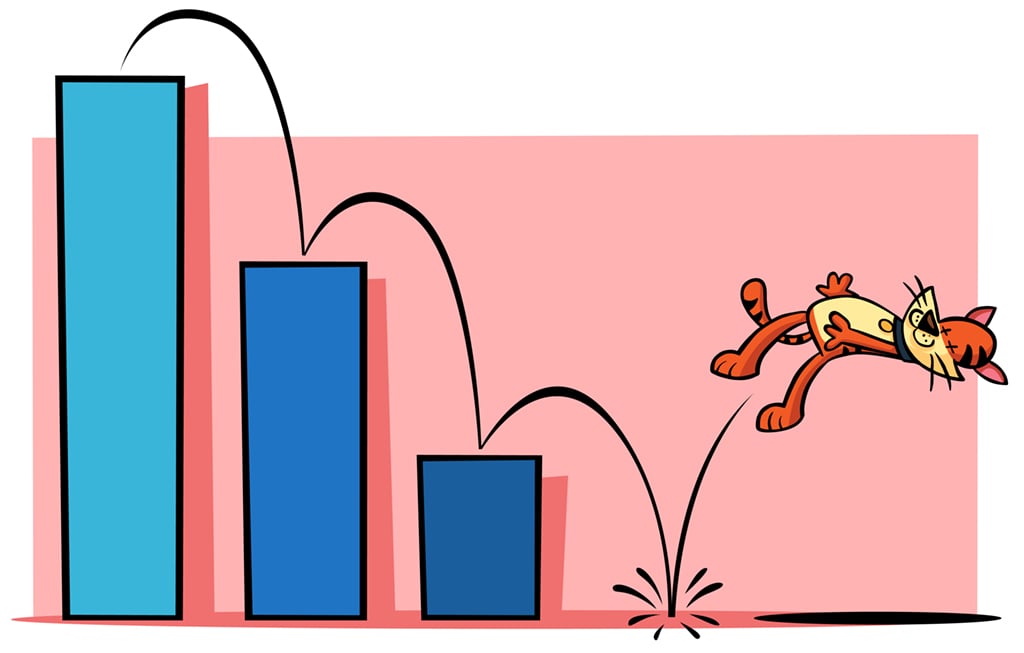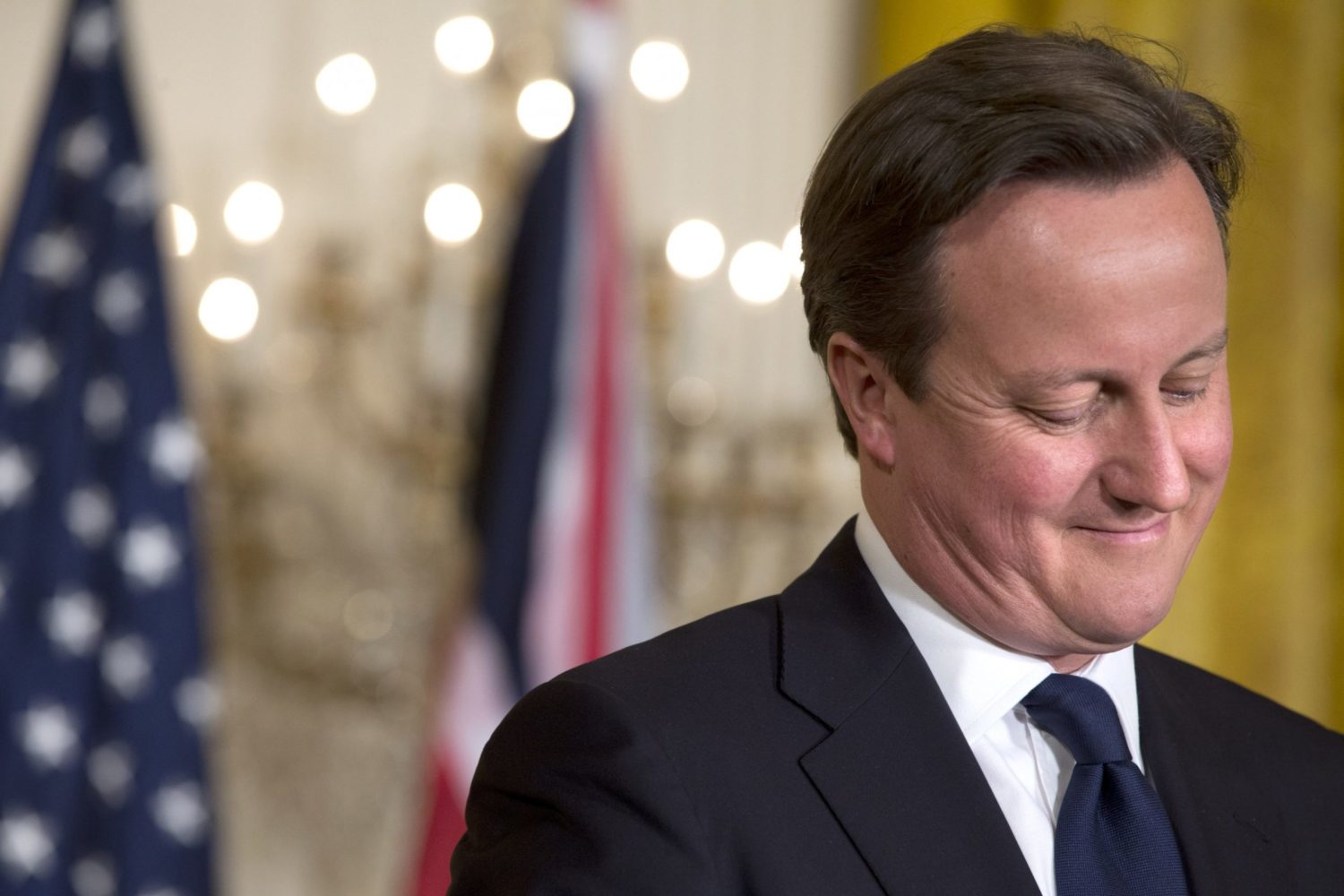As you almost certainly already know because you are a person in the world, the United Kingdom voted last night to leave the European Union. And while the exit won’t follow immediately—there’s a complex legal process to be undertaken—markets do respond immediately.
After a devastating period which saw the pound’s exchange rate fall to lows not seen since the 1980s, things have started to look a bit brighter. But don’t expect the rebound to last. That period of modest recovery has a gruesome name in the finance world: Dead Cat Bounce.
If you’ve been watching a television or reading a newspaper or listening to the radio, you’ve probably heard the words (but perhaps not heard them explained). Some examples:
Dead-cat bounce? Markets have recovered somewhat but #FTSE still down a huge 6% & #GBPUSD trading near 1.38 after hitting 1.5 overnight ^FR
— FOREX.com (@FOREXcom) June 24, 2016
https://twitter.com/Indexologist/status/746337661296640002
https://twitter.com/ianpaisleymp/status/746264860284059648
This colorful term of hazy origin is used to distinguish a brief recovery from an actual rally.




















